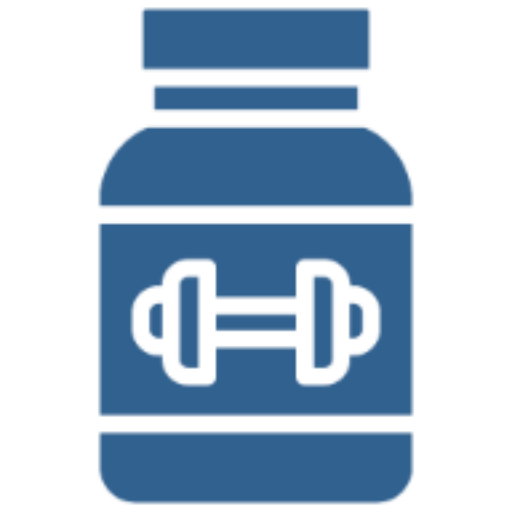What’s the difference between complete and incomplete proteins?
We needs protein to build new tissues and repair damaged ones. The body has the ability to make some proteins, but needs others from food. Without an adequate supply of the proteins that the body lacks the ability to make, growing and recovering from exercise becomes impossible.
Proteins
The body uses protein to build and repair tissue. Like the other macronutrients (fats and carbohydrates), the body can also use protein for energy (4 calories per gram of protein). Protein’s main function, as it relates to fitness and nutrition, is to help you recover from exercise. Exercise causes tiny tears in the muscle. These tears are repaired during rest making you bigger, stronger and faster. Protein facilitates this process by giving your body access to the raw materials that make up muscle tissue.
Amino Acids
Protein is made up of amino acids. The characteristics of a protein depend in part on its amino acid makeup. There are two main types of amino acids: essential and non-essential. The body has the ability to make some of the amino acids but not others. If it can make a certain amino acid, it is called non-essential because you don’t have to get it through your diet. If the body can’t make a certain amino acid, it is called essential because you must get it through your diet.
Complete vs. Incomplete Proteins
There are two main types of protein: complete and incomplete. Complete proteins contain every essential amino acid. Incomplete proteins lack one or more of the essential amino acids. A complete protein will give your body access to all of the amino acids that it lacks the ability to make itself. This is important because the body needs every amino acid (essential and non-essential) to build and repair tissue. Since the body can make non-essential amino acids, it needs the essential amino acids from dietary sources. Eating complete proteins will ensure that your body has access to all the amino acids it needs.
Incomplete Proteins = Useless?
Incomplete proteins lack one or more of the essential amino acids. Since the body needs all of the essential amino acids from food sources, an incomplete protein may seem useless. Every incomplete protein is different. Each of them lacks different amino acids. If your diet is balanced and you eat incomplete proteins from a wide variety of sources, your body will still have access to all of the essential amino acids without needing complete proteins.
Sources of Protein
Complete proteins are found only in animal products (with one exception: soy). Unfortunately, many animal products are also high in saturated fat which should be limited in the diet. Focus on getting complete proteins from lean animal products such as chicken, turkey, egg whites, low fat/fat free dairy and seafood. Soy is the only non-animal protein that is complete.
Incomplete proteins are found in non-animal foods. These foods are generally considered healthy and should be included in a balanced diet. Examples of foods high in incomplete protein include nuts, beans, legumes, rice and grains. Though these foods don’t contain all the essential amino acids when eaten by themselves, they can still be used by the body to obtain all of the essential amino acids when combined with different foods that are also sources of incomplete proteins.
How much protein do I need to eat each day?
Vegetarians and Protein
A balanced diet is very important for strict vegetarians that do not consume any animal products. Though vegetarians do not consume complete proteins from animal products, they can still obtain all of the essential amino acids from eating a wide variety foods. Incorporating soy foods/supplements into the diet will also help with essential amino acid intake.
The Bottom Line
Protein plays a very important role in helping to improve your overall health. Protein facilitates the recovery process by giving your body the raw materials it needs to make you stronger and perform better allowing you to constantly build new fitness goals.












